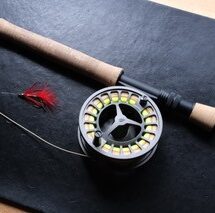By Matt Beechan
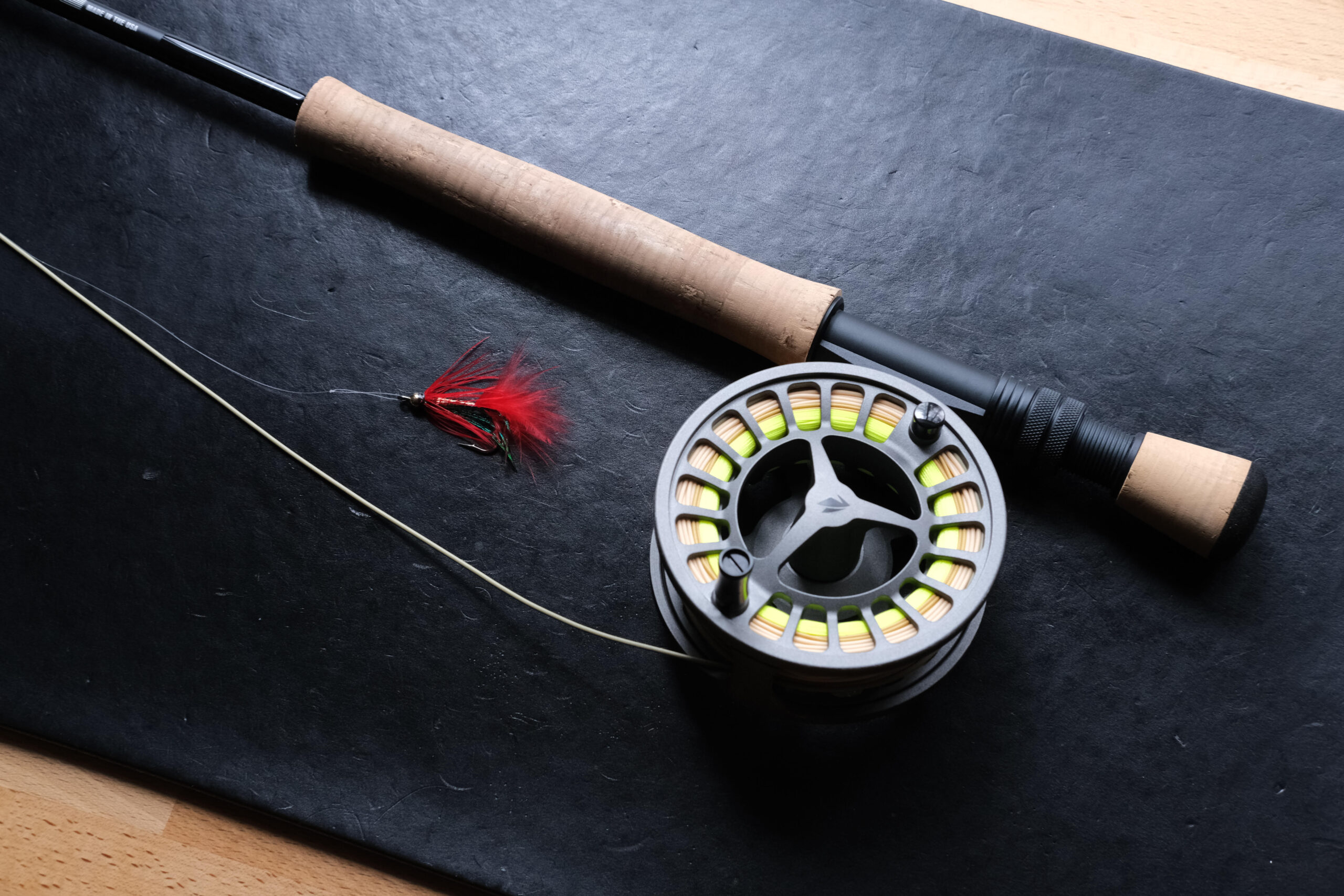
I look out over the water’s surface searching for signs of disturbance from below. The rain that is gently falling on the lake is making this exercise more challenging than usual. After a while, I notice a curious trout rise to the surface like it is gasping for a breath of the moist air. The fish slips down below the surface as quickly as it appears leaving a ripple behind like a target on the water. Raising my rod in the air as if I am throwing it over my shoulder, the fly line is guided by the tip of the rod and flows behind me in a ribbon. I push the rod forward and the line follows again, unrolling towards where I last saw the fish surface. After a moment of focus on the fly, anticipating a strike, another ripple surfaces a few feet beyond where my line lay on the water. I estimate the distance, and strip out additional line to make another cast.
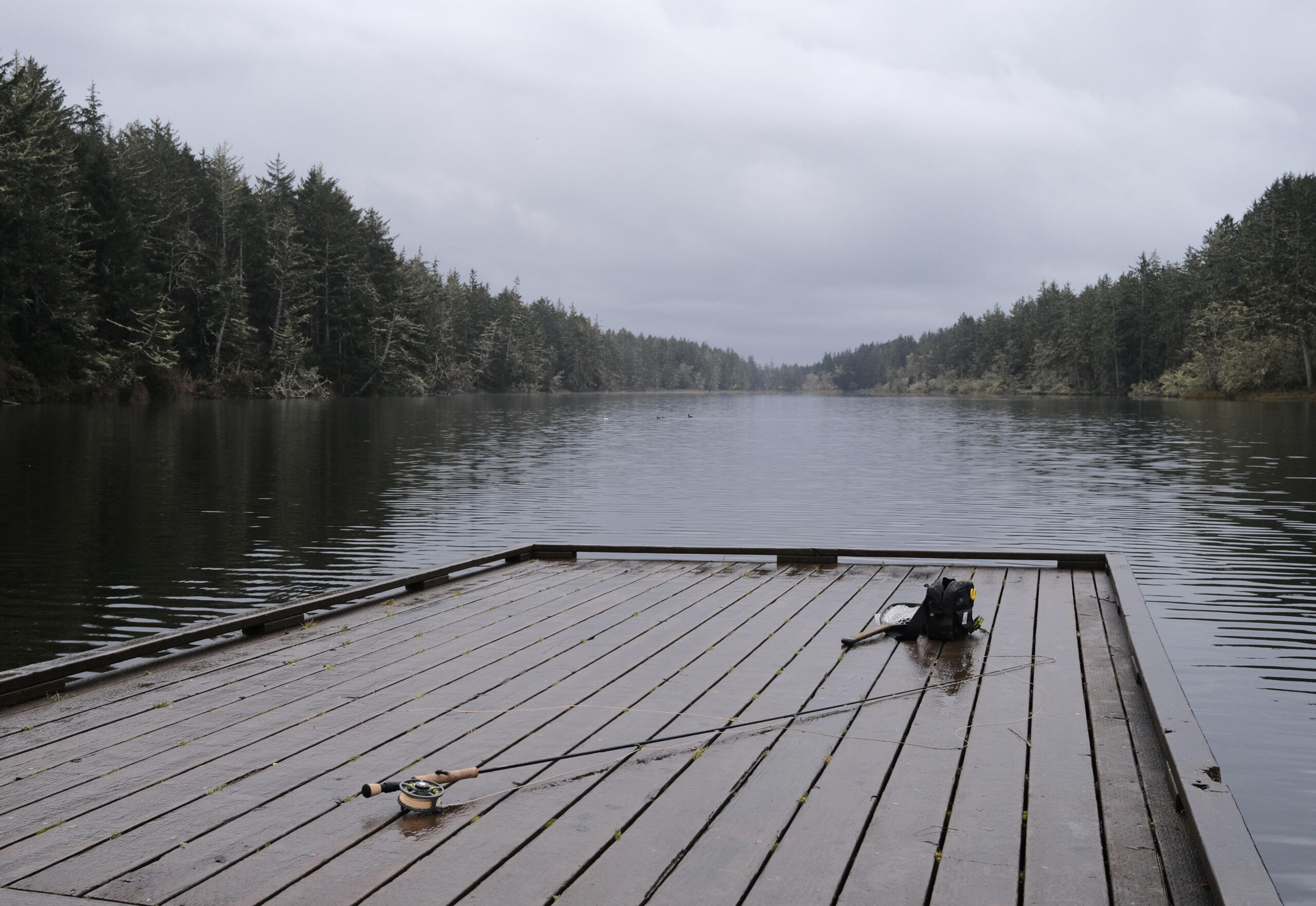
Photo by Matt Beechan
The first time I took my fly rod out to practice casting on the water was a humbling experience. I headed inland a few miles to the Necanicum River, a stream that flows out of Oregon’s Coast Range and into the Pacific Ocean in Seaside. I told myself that shaking hands with a fish was unlikely – I simply wanted to get more comfortable on the river. Good thing I set those expectations as I spent most of my time that day untangling my line from the dense foliage along the bank. Looking back, I can see that I hadn't considered the possible variables.
Math came naturally to me at a young age. I can’t attribute the affinity to any specific experience, just something that simply clicked into place. I found comfort in how math relied on patterns and order. For most math that I learned throughout my education, there was a set process to determine the answer. My favorite subjects were Algebra and Geometry. Untangling variables to correctly solve equations brought me a specific joy.
When numerical math took a backseat, the formulaic structure left in its place was useful beyond solving for x. My professional career has evolved around problem solving. When presented with an operational challenge, I separate out each variable, then substitute it into the original equation. Math taught me that following a process methodically can yield the same results. When the results don't align, each variable can be reconsidered independently.
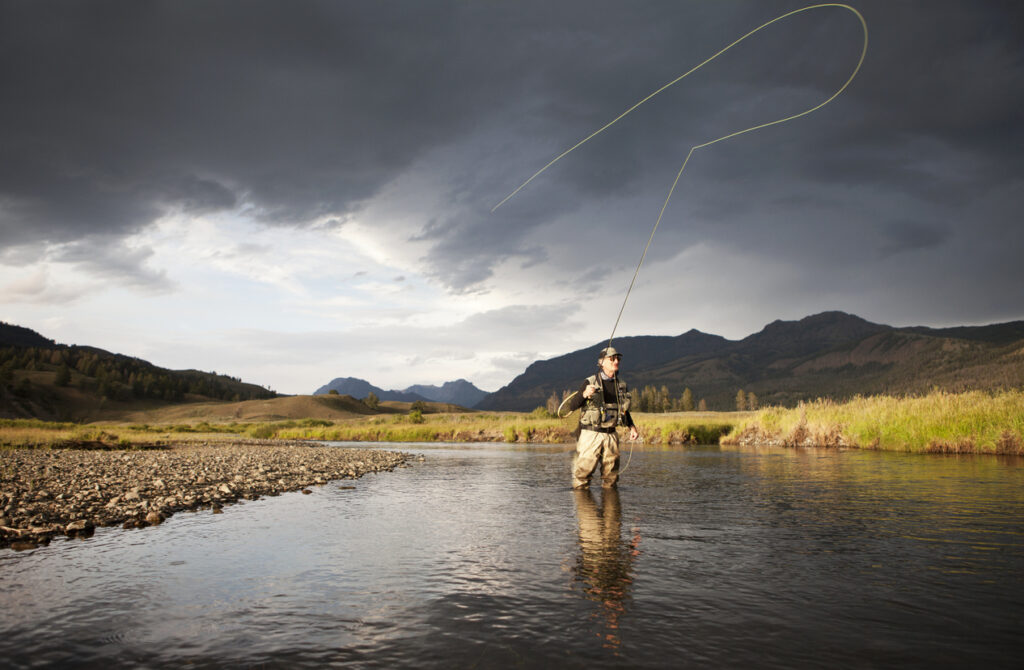
There are a handful of independent variables that make up a fly cast. The first variable of a cast is the weight of the line that is extended beyond the rod tip. The second is the flexibility of the rod which bends to accelerate the loop of line. The third is the arm movement translated through the rod to achieve a specific angle between forecast and backcast. A successful fly cast results in a ribbon of fly line and fluorocarbon tippet curling through the sky, then gently settling on the water with minimal disturbance. These primary variables need to be considered for each and every cast. If I want to increase the distance of my cast, a longer pause between forecast and backcast is needed to allow the extended loop of line more time to unroll. Understanding the relationship between these variables ensures I can approach each cast with a fresh perspective, adjusting where necessary.
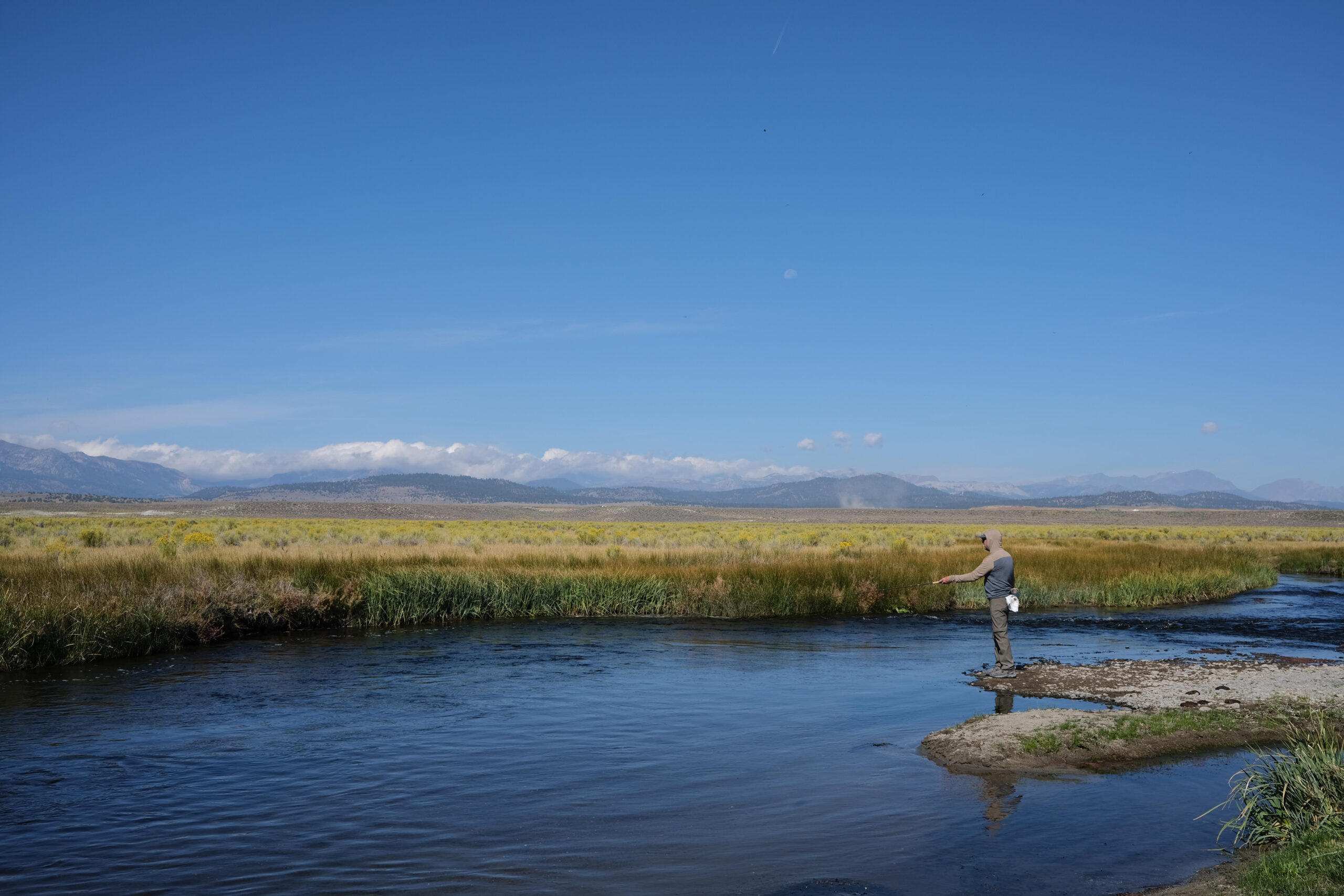
Photo by Matt Beechan
The variable that is always the most difficult to solve for is the fish and its desire to entertain my efforts. Every aspect of a cast can be perfect but if that fish is unconvinced, the most I will receive in return for my efforts is the opportunity to pick the line up off the water and loop it back on the surface again. What satisfies me most about fly fishing is that the formula can be reduced down to a few basic variables. I find comfort in the pattern of the process: cast, pause, plan, cast again. Casting towards ripples on the lake that day did not yield the fish I had hoped for but in its place I caught something more meaningful. Sometimes success is as simple as a moment to learn and reflect.

Matt Beechan is a maker and serial skill collector who finds himself creatively solving problems of all sorts on the North Coast of Oregon. He’s come a long way from his roots of growing up in a machine shop and a hardware store, but he credits their teachings for how he views and interacts with the beauty of the world around him. His favorite number is 3.
